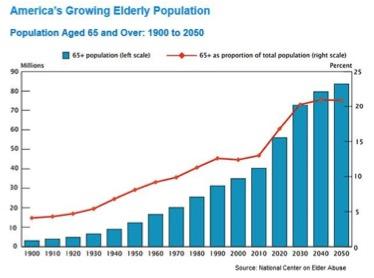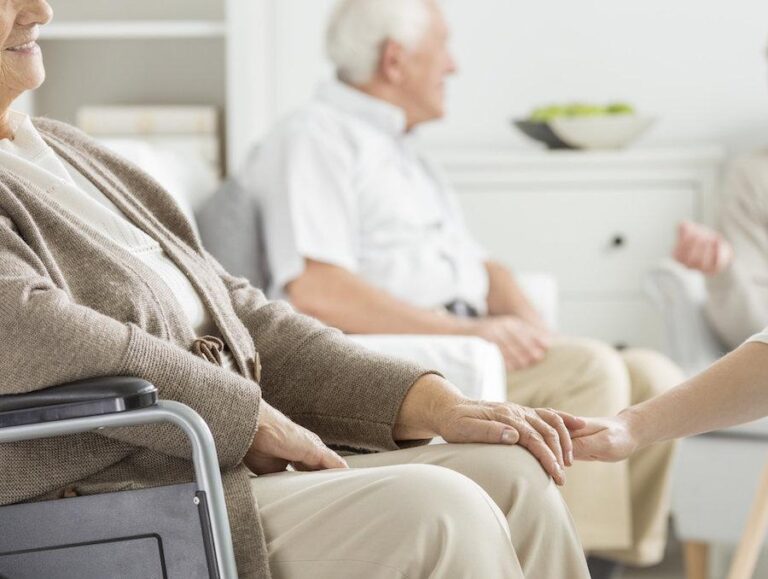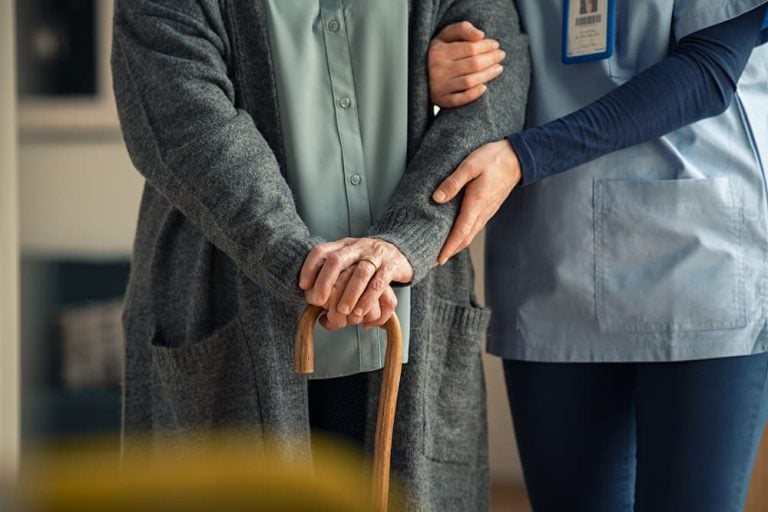By 2015, the elderly population of the world, that is, those over the age of 65, accounted for 8.5 percent of the total population. In the next 10 years, we should witness an increase of about 236 million people ages 65 or older across the globe. Then, from 2025 to 2050, the older population is projected to almost double to 1.6 billion globally. With our elderly population increasing, we need to become more aware that elder abuse will unfortunately also be on the rise. It’s sad to think about that, but an increase in population means an increase in nursing home residents, and that means an increased chance of abuse. Facilities may also become understaffed and unable to properly care for residents.  Therefore, it’s important to know what the different types of elder abuse are and the signs associated with them. Elder abuse isn’t just physical abuse or neglect; there is more to it. According to the National Center on Elder Abuse, and a comprehensive review, the prevalence of elder abuse in our population is approximately 10 percent, including physical abuse, psychological or verbal abuse, sexual abuse, financial exploitation, and neglect. Types of Elder Abuse Elder abuse can come in multiple forms. They include
Therefore, it’s important to know what the different types of elder abuse are and the signs associated with them. Elder abuse isn’t just physical abuse or neglect; there is more to it. According to the National Center on Elder Abuse, and a comprehensive review, the prevalence of elder abuse in our population is approximately 10 percent, including physical abuse, psychological or verbal abuse, sexual abuse, financial exploitation, and neglect. Types of Elder Abuse Elder abuse can come in multiple forms. They include
- Physical abuse
- Emotional/psychological abuse
- Sexual abuse
- Financial exploitation
- Neglect
Among these types of abuse, there can be a wide array of acts, non-actions, and behaviors that can constitute elder abuse. For instance, neglect is not just caregiver neglect, it can include self-neglect and potentially drug abuse. According to a national survey from the National Center on Elder Abuse, conducted in 2006, the breakdown of reported abuse consists mostly of situations of self-neglect and caregiver neglect. Additionally, Colorado Public Radio reported that in Colorado alone, in 2015, 17,000 elder abuse cases were filed. That is a 41 percent increase from the year before. Elder abuse must be addressed.
Physical Abuse
Physical abuse consists of physical force or violence on another that results in bodily injury, pain, or impairment. Most commonly, one thinks of assault, battery, or inappropriate restraint. More commonly, perpetrators of this type of abuse upon the elderly are family members or significant others. Often the perpetrator may have an alcohol or substance abuse issue. However, that does not mean that physical abuse cannot occur at a nursing home as well. Signs of physical abuse include visible injuries or bruises. Some injuries may not be visible to the eye, but would be visible to medical specialists. Physical signs of abuse include:
- Sprains, dislocations, fractures, or broken bones
- Cigarette burns, or other burns
- Abrasions on arms, legs, or torso that look like rope or strap marks
- Internal injuries
- Bruises (many bruises are not the result of accidents such as bilateral bruising or bruising around the thighs or genitalia)
Emotional or Psychological Abuse
Emotional or psychological abuse is when a caregiver causes emotional pain or stress to an individual. This may include insulting, threatening, humiliating, terrorizing, or harassing the elderly person. It may also include the caregiver ignoring the person or isolating the individual from family and friends. Signs and symptoms of psychological abuse of the elderly can include:
- Low self-esteem
- Avoiding eye contact or not talking openly
- Anxious, shy, depressed, or withdrawn
- Desire to hurt oneself or someone else
- Sudden changes in eating or sleeping patterns or moods
- Kept inside the house or not allowed to leave or have others visit
- Prevented from deciding or acting for oneself
Remember, this type of abuse can be both verbal and nonverbal.
Financial Exploitation
When you think of elder abuse, you probably don’t think of financial exploitation, it’s one of the easiest to forget and probably the easiest type of abuse to subject an elderly person to.
Elder financial abuse has a wide range of possibilities, including the following:
- Stealing money or property
- Forging the elder person’s signature
- Getting an older person to sign over a deed, will or power attorney through deception, coercion or undue influence
- Promising something in exchange for money or property
- Scams or fraudulent or deceptive acts (this includes telemarketing scams)
Perpetrators of this type of abuse can often be family members or close friends. Even neighbors could potentially take advantage of an elderly person. Additionally, corrupt professionals or business persons may also take advantage by using their positions of trust.
Neglect
More commonly, when we think neglect, we think of a caregiver’s neglect, whether that’s a parent neglecting a child, or a nursing home aid neglecting a resident. However, neglect for the elderly can also include self-neglect. This may be due to the inability to fully care for one’s self due to physical limitations or could also be due to depression or other mental illnesses. Caregiver neglect can include failing to meet the physical emotional, and social needs of the older individual. This may be failing to give medicine on time, not helping with personal hygiene, not providing proper food and water, or general inattentiveness. A very extreme form of neglect can show in the form of bedsores. If an elderly person remains in bed all the time and it is not moved around, the person can be very susceptible to bedsores (or pressure sores). This is an injury to the skin and underlying tissue that results in an ulcer. Bedsores can develop quickly and are often difficult to treat. Extreme forms of bedsores, or stage 4 bedsores, can eat away at the bone. They will likely appear black and rotten, with crusty tissues that have died. Tragically, neglect can also come in the form of self-neglect, which can lead to illness or injury. Self-neglect can include behaviors such as:
- Hoarding of objects and stuff to the extent that the safety of the individual is threatened or compromised.
- Failure to provide adequate food and nutrition for oneself.
- Failure to take essential medications or refusal to seek medical treatment for serious illness.
- Leaving a burning stove unattended.
- Poor hygiene.
- Not wearing suitable clothing for the weather.
- Lack of housekeeping.
- Dehydration.
Another sign of self-neglect is alcohol or drug abuse. According to the Substance Abuse and Mental Health Services Administration (SAMHSA), substance abuse, particularly alcohol and prescription drugs, is one the fastest growing health problems among adults 60 and older. Signs of substance abuse by an individual include:
- Obtains prescriptions for the same medication from more than one doctor and/or fills prescriptions for the same medications at different pharmacies;
- Demonstrates a preoccupation with taking medication, hides or stockpiles mediation, and/or has a fear of not having access to the medication;
- Defends pill-related practices; and
- Behavioral changes.
If you or a loved one is suffering from substance abuse please check out SAMHSA’s behavioral health treatment services locator to find a treatment provider near you. Abuse and neglect can come in many guises. Please be aware of the different forms.
If you become aware of elder abuse please report it to your local Adult Protection Services agency.
If you found this blog informative, you may be interested in the following:
Colorado Enacts Mandatory Reporting Laws for Elder Abuse
What You Need to Know About the Federal Nursing Home Act
As Population Ages, Costs to Care Rise
How Good is Your Nursing Home?


